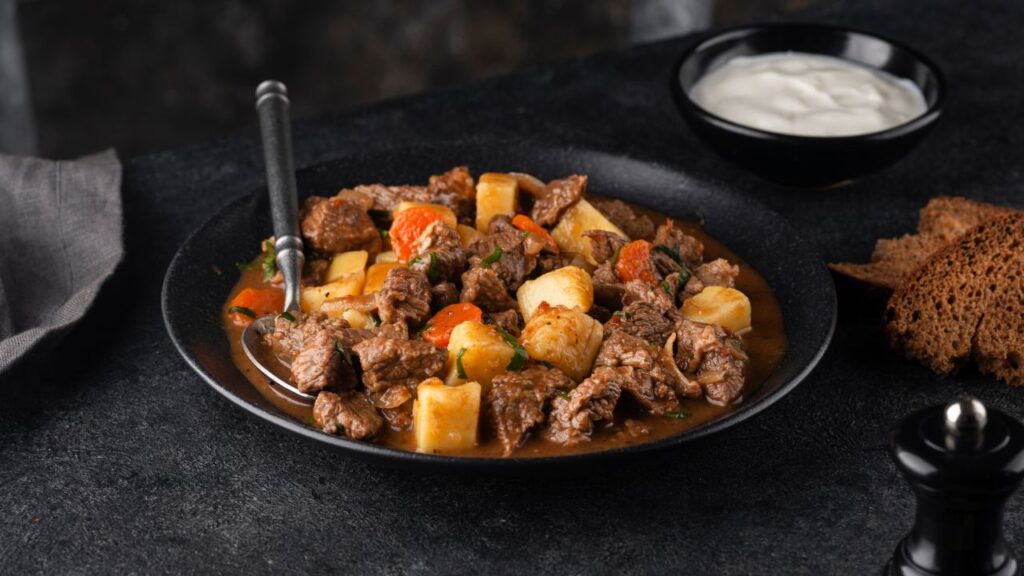Traditional Beef Stew Recipe: A Comforting Classic
Welcome, friends! If you’ve found yourself here, you must be searching for the ultimate traditional beef stew recipe—and you’ve come to the right place. Let … Continue reading Traditional Beef Stew Recipe: A Comforting Classic
0 Comments
